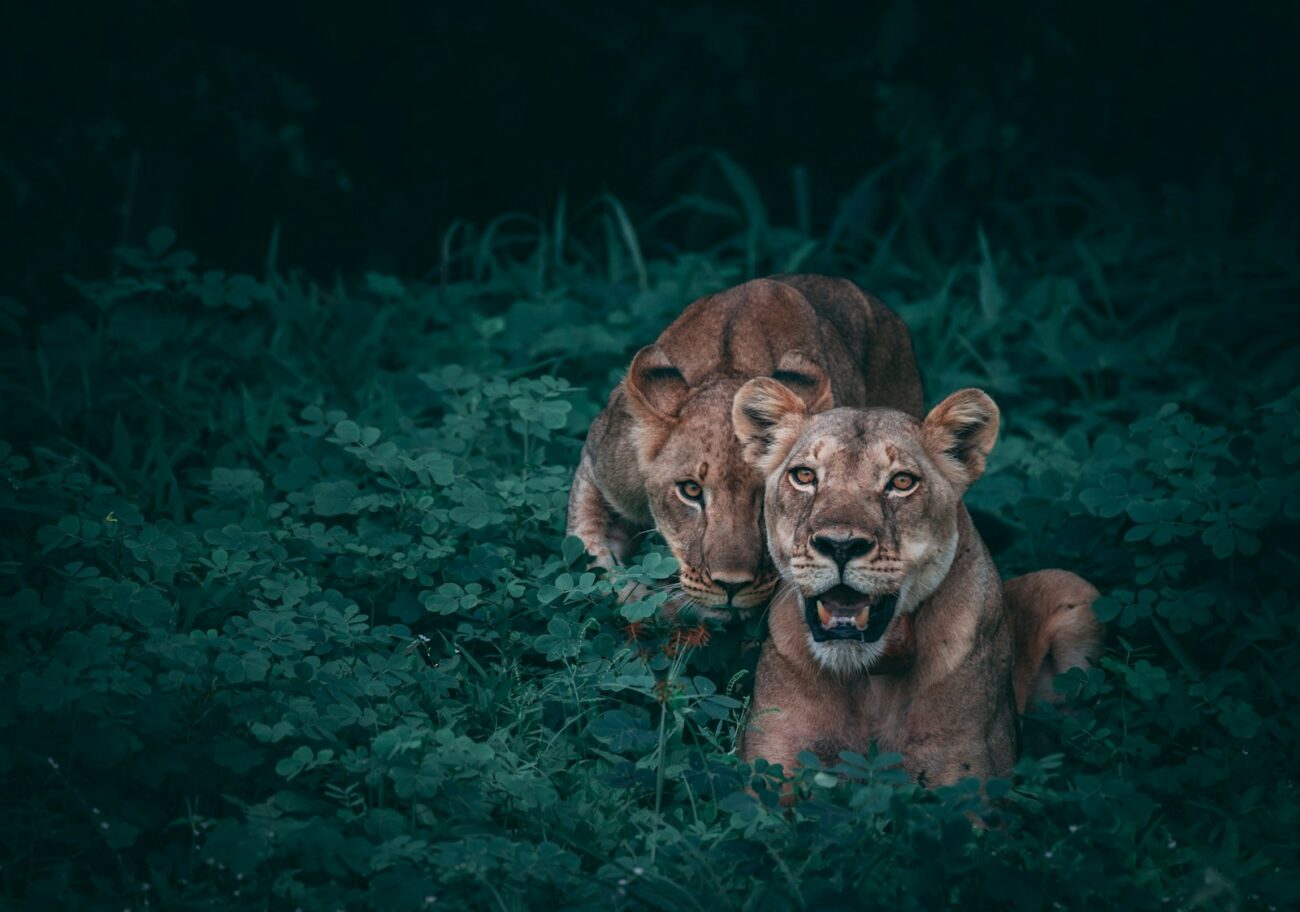The majesty of wildlife captivates us, drawing us to forests, oceans, mountains, and even our own backyards to witness nature’s splendor. There’s something profoundly moving about observing animals in their natural habitat—the grace of a deer bounding through a meadow, the powerful presence of a bear fishing in a stream, or the delicate beauty of birds building nests. Yet this very fascination can lead to problematic human-wildlife interactions. In our eagerness to connect with wild animals, we often forget a fundamental truth: respecting wildlife means maintaining appropriate distance. This article explores why giving wild animals space isn’t just a recommendation—it’s a critical component of conservation, safety, and ethical wildlife observation that benefits both animals and humans alike.
The Invisible Boundary: Understanding Wildlife Space

Wild animals perceive their surroundings differently than humans do, establishing invisible boundaries that are essential to their sense of security. When humans cross these boundaries, animals experience stress that triggers their fight-or-flight response, forcing them to expend valuable energy they need for survival. This stress response isn’t merely momentary discomfort—research has shown that repeated human disturbances can lead to chronic stress in wildlife populations, compromising immune function and reproductive success. Additionally, each species has its own “flight initiation distance”—the minimum approach distance an animal will tolerate before fleeing—which varies widely and can change depending on season, reproductive status, and previous experiences with humans. Understanding and respecting these invisible boundaries is the first step toward responsible wildlife observation.
Safety First: Protecting Yourself and Others
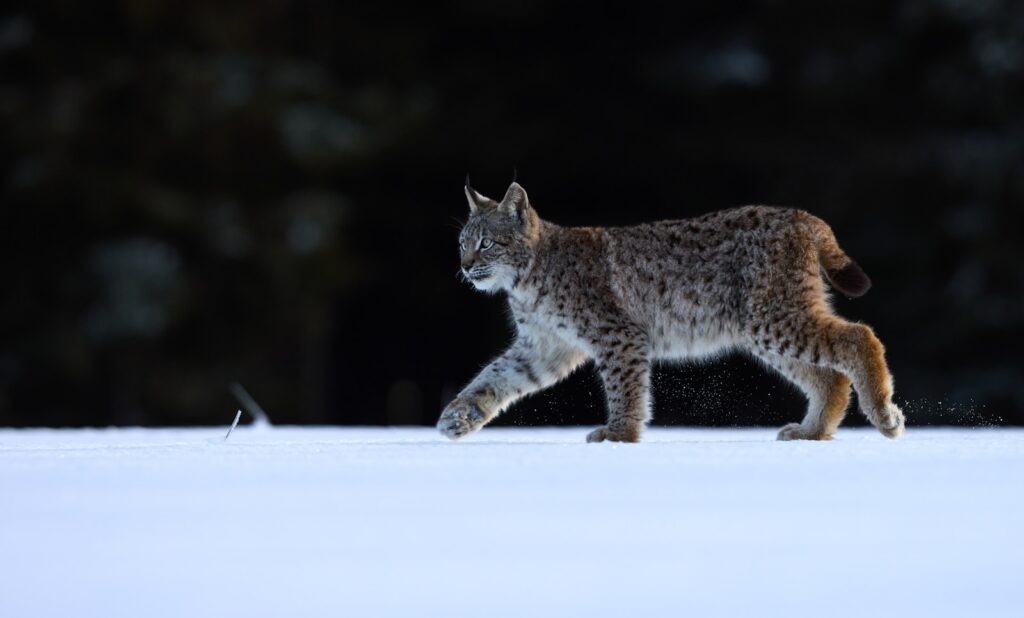
Maintaining distance from wildlife is fundamentally about safety—both yours and that of others who may follow your example. Wild animals, regardless of size or apparent docility, are unpredictable and can become defensive if they feel threatened or cornered. Even seemingly harmless wildlife like deer can cause serious injuries when they feel their space is invaded. Large predators like bears, wolves, and mountain lions deserve particular caution, as they possess the physical capability to cause severe harm or death. The statistics are sobering: in the United States alone, wildlife agencies respond to thousands of incidents annually involving dangerous human-wildlife interactions, many resulting from people approaching too closely for photos or feeding opportunities. Remember that your actions around wildlife set precedents for others, potentially creating dangerous situations long after you’ve left the scene.
The Hidden Impacts of Human Proximity
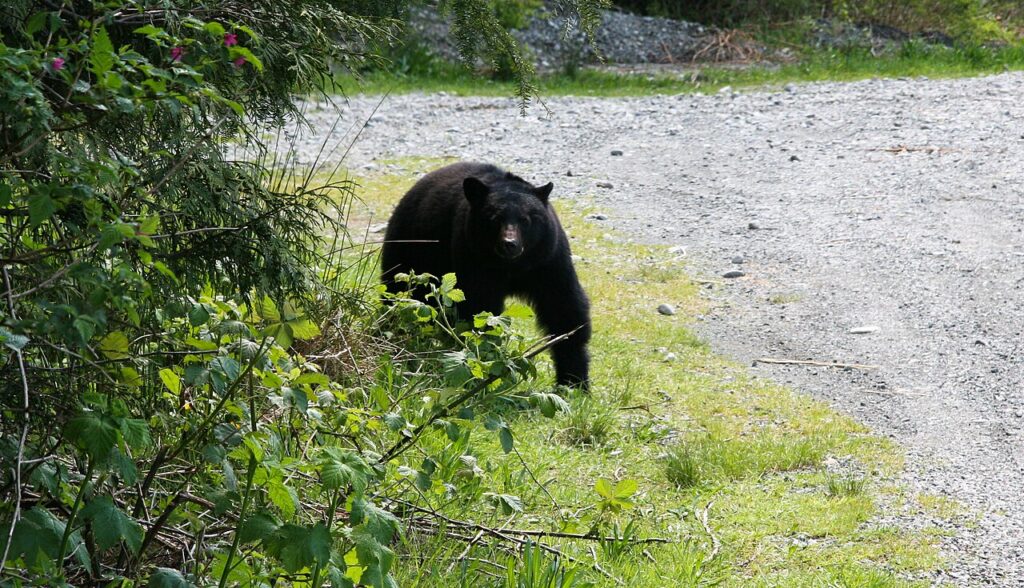
The consequences of getting too close to wildlife extend far beyond the immediate moment and are often invisible to casual observers. When animals flee from human disturbances, they may abandon feeding grounds, nesting sites, or young offspring, compromising their ability to survive and reproduce. Repeated disturbances can cause animals to permanently abandon critical habitat areas, disrupting ecological relationships and potentially leading to population declines. Research on various species has documented physiological stress responses to human presence, including elevated heart rates, stress hormone production, and metabolic changes that persist long after the human encounter ends. These hidden impacts are particularly concerning for endangered or threatened species already struggling against habitat loss, climate change, and other anthropogenic pressures.
Wildlife Habituation: When Animals Lose Their Fear
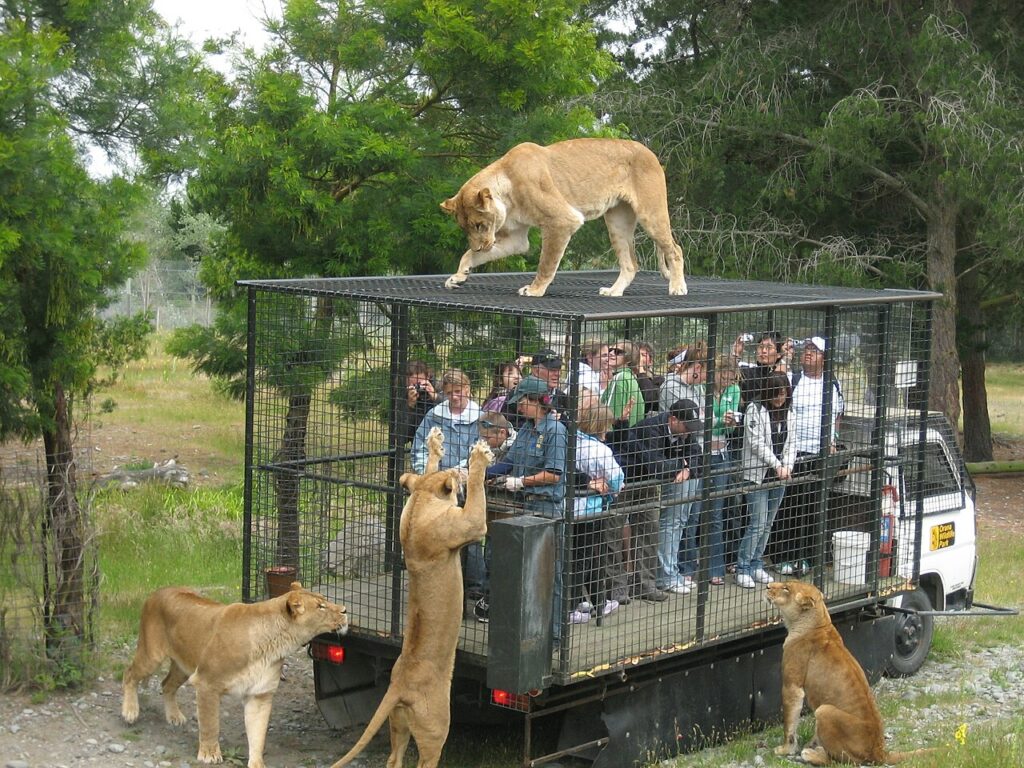
When wild animals become accustomed to human presence through repeated non-threatening encounters, they undergo a process called habituation—losing their natural wariness of humans. While this might seem beneficial for wildlife viewing, habituation typically harms wildlife in the long run by decreasing their survival instincts. Habituated animals often seek out human spaces, leading to property damage, resource competition, and ultimately, conflict that frequently ends with the animal being relocated or euthanized. A classic example is seen in bears that become habituated to human food sources in national parks, which are statistically more likely to be involved in dangerous encounters and are often killed as “problem animals.” The wildlife management principle that “a fed animal is a dead animal” underscores the severe consequences that can result when wildlife loses its natural fear of humans.
Ethical Wildlife Photography: Capturing Moments Without Causing Harm
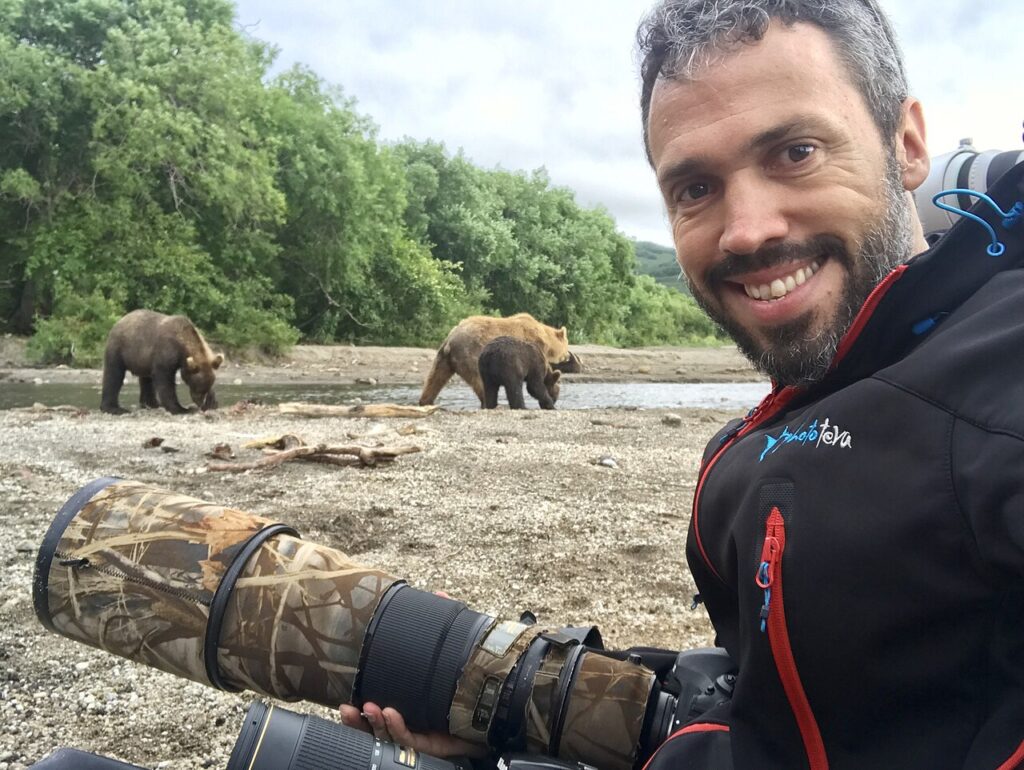
The desire to photograph wildlife drives many close encounters, particularly in the age of social media where dramatic animal images garner attention and praise. Ethical wildlife photography operates on the principle that no photograph is worth harming or disturbing an animal. Professional wildlife photographers invest in telephoto lenses specifically to maintain appropriate distances while capturing intimate images. They practice patience, often waiting hours or days for the right moment rather than pursuing or baiting animals. Ethical photographers are also mindful about the information they share with their images, avoiding disclosing sensitive locations of vulnerable species and being transparent about techniques used to obtain their shots. By prioritizing the welfare of their subjects over the perfect shot, ethical wildlife photographers demonstrate that spectacular images and respect for wildlife can coexist.
Legal Frameworks: Rules and Regulations for Wildlife Viewing
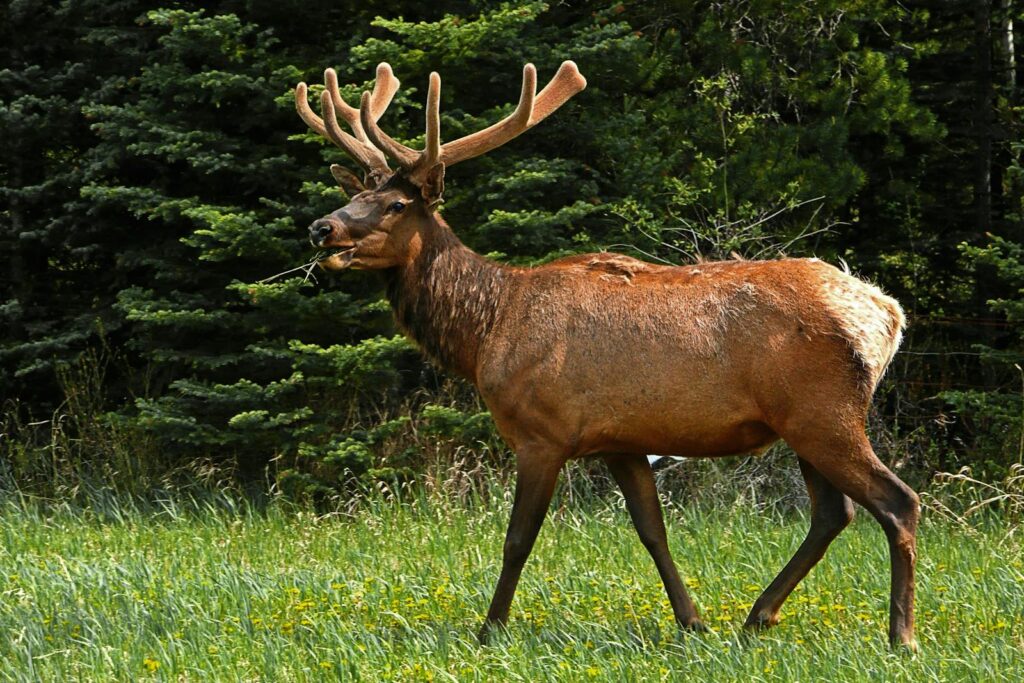
Most protected areas and wildlife management regions have established legal frameworks governing human-wildlife interactions, including specific distance requirements. In U.S. National Parks, for example, regulations typically require staying at least 100 yards (91 meters) from bears and wolves and 25 yards (23 meters) from other wildlife like bison, elk, and moose. Marine mammal protection laws in many countries prohibit approaching whales closer than 100 yards and dolphins closer than 50 yards. These regulations aren’t arbitrary—they’re based on scientific understanding of animal behavior and stress responses. Violations can result in substantial fines, ranging from hundreds to thousands of dollars, and in egregious cases may include criminal charges. Beyond enforcement, these legal frameworks serve an educational purpose, helping visitors understand appropriate wildlife viewing practices.
The Science of Disturbance: How Human Presence Affects Wildlife
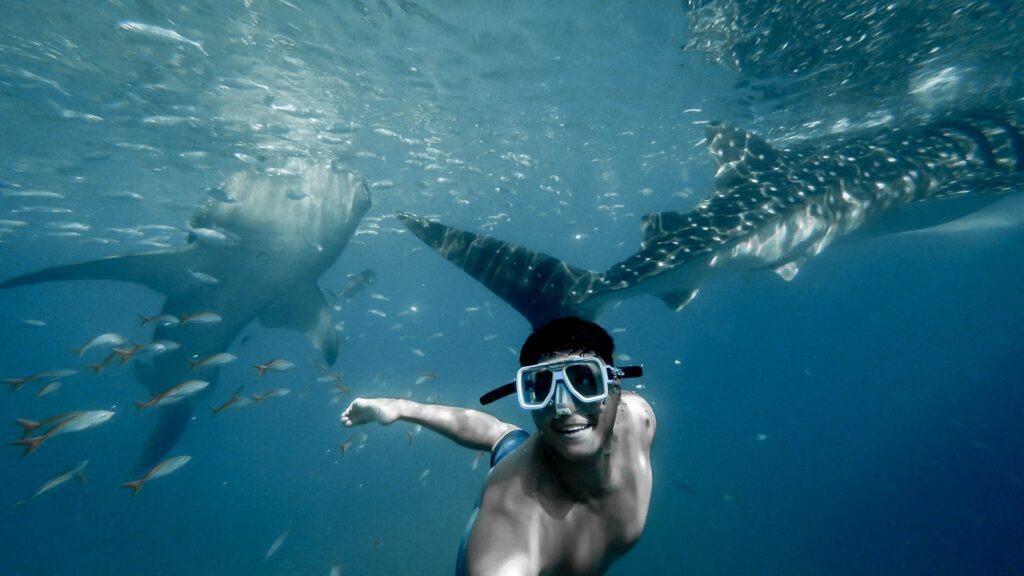
Scientific research has documented the wide-ranging effects of human disturbance on wildlife across ecosystems and species. Studies using heart-rate monitors and other physiological measurement tools have shown that animals often experience significant stress responses to human presence even when they don’t visibly react. Research on nesting birds has demonstrated that human disturbances can reduce hatching success and increase predation rates by forcing parent birds off their nests. Marine scientists have documented behavioral changes in whales and dolphins subjected to frequent boat approaches, including disrupted feeding patterns and altered migration routes. Wildlife biologists increasingly employ the concept of “disturbance ecology” to understand these complex interactions, recognizing that even seemingly minor human intrusions can have cascading effects throughout ecosystems. The growing body of research consistently supports one conclusion: maintaining appropriate distance is essential for wildlife welfare.
Responsible Wildlife Tourism: Finding the Balance
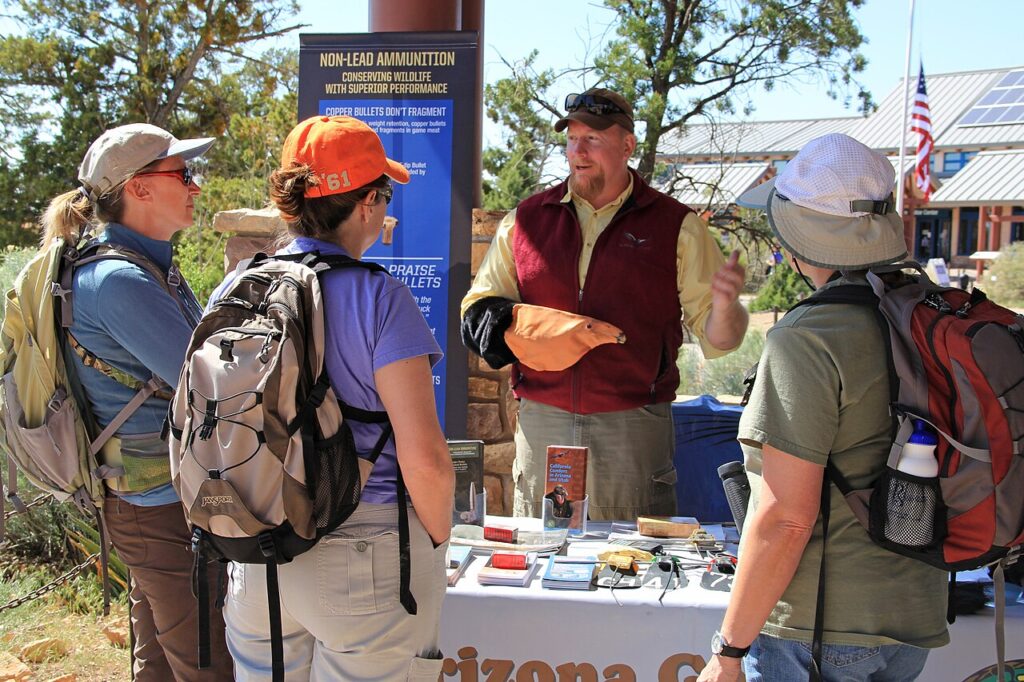
Wildlife tourism generates billions of dollars globally and creates incentives for conservation when managed responsibly. Responsible wildlife tourism operations prioritize animal welfare above visitor experiences, maintaining appropriate viewing distances and limiting the time spent with any individual or group of animals. They employ knowledgeable guides who educate visitors about natural behaviors and the importance of minimizing disturbance. The best operators contribute directly to conservation efforts and local communities, creating economic incentives to protect wildlife and habitat. When evaluating wildlife tourism opportunities, look for operations that emphasize observation over interaction, avoid feeding or baiting animals, and demonstrate clear commitments to conservation principles. By supporting responsible operators, tourists become part of the solution rather than contributing to wildlife disturbance problems.
Special Considerations for Vulnerable Species
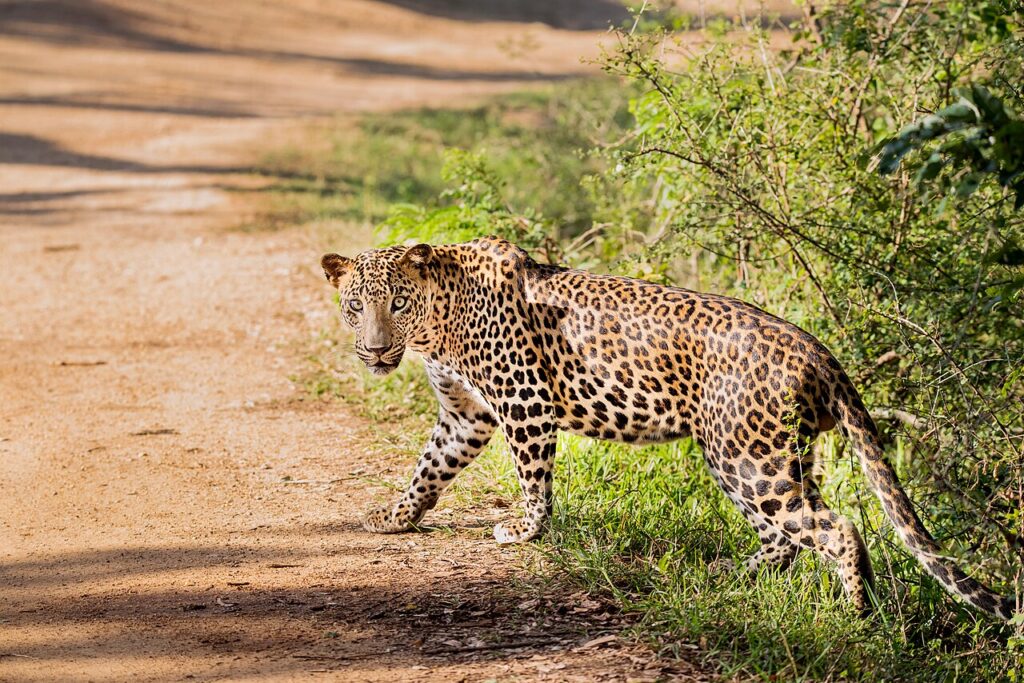
Certain wildlife species require extra caution and distance due to their conservation status or particular sensitivity to human disturbance. Endangered species operating at the edge of survival may be especially vulnerable to the additional stresses of human presence. Wildlife mothers with young offspring typically display heightened defensive behaviors and may abandon young if repeatedly disturbed. Migratory species at stopover sites need undisturbed access to feeding opportunities to fuel their long journeys. Nocturnal animals forced to be active during daylight hours due to human disturbance face increased predation risks and physiological strain. Conservation biologists sometimes implement temporary closures of certain areas during critical periods like breeding seasons or migration events specifically to reduce human disturbance. Being aware of these special cases and respecting additional restrictions around vulnerable populations demonstrates a sophisticated understanding of wildlife conservation needs.
Tools and Techniques for Responsible Wildlife Viewing
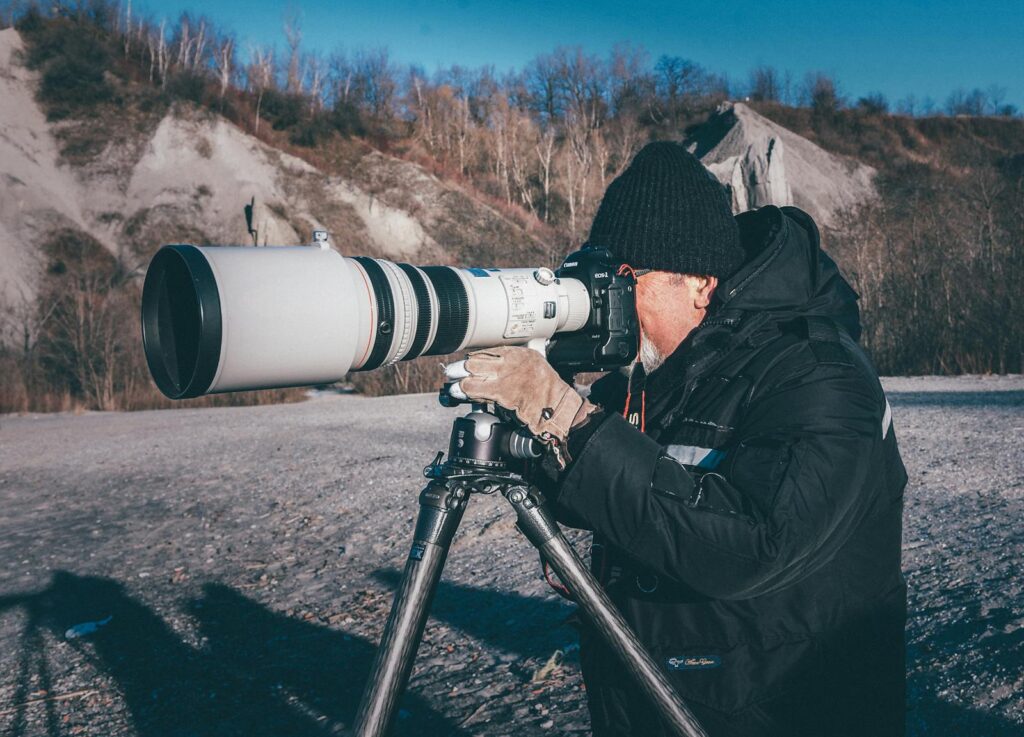
Fortunately, modern technology offers numerous tools that enhance wildlife viewing while maintaining appropriate distances. Quality binoculars represent the most basic and essential tool for responsible wildlife observation, allowing detailed views from hundreds of yards away. Spotting scopes provide even greater magnification for observing distant wildlife with remarkable clarity. Digital cameras with telephoto lenses enable photographers to capture detailed images without approaching animals closely. Wildlife blinds and observation platforms strategically placed by management agencies provide concealment and distance while offering excellent viewing opportunities. Smartphone apps that help identify species from photos taken at a distance can enhance the educational value of wildlife watching without requiring close approach. By investing in these tools rather than investing energy in getting closer to wildlife, observers can enjoy more authentic experiences while respecting animal boundaries.
Teaching Children Wildlife Respect
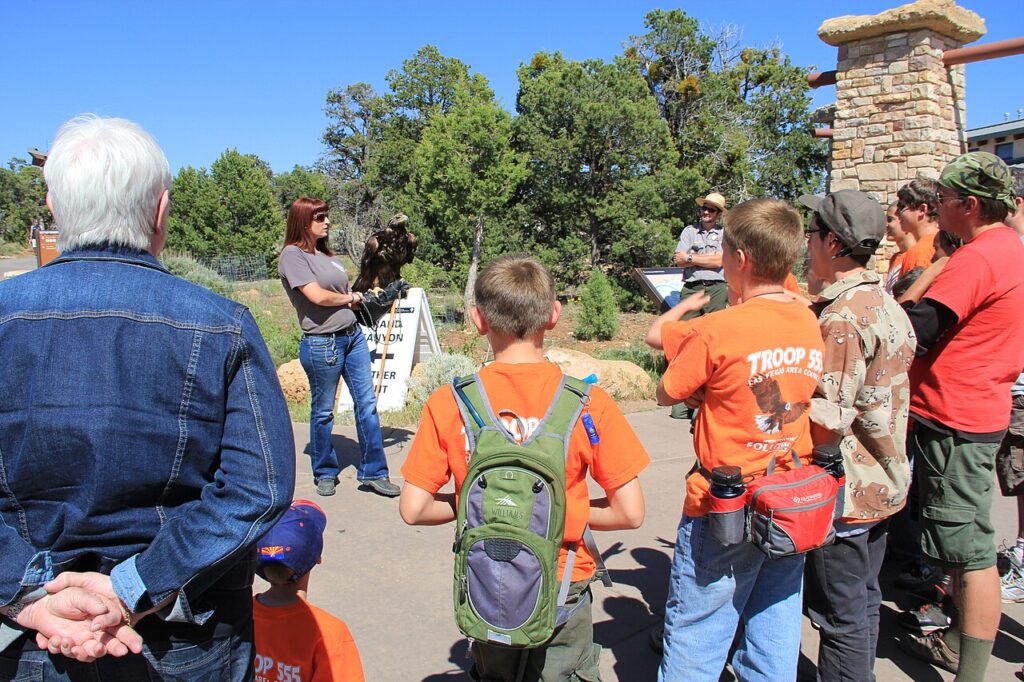
Children naturally gravitate toward animals, making childhood an ideal time to instill principles of wildlife respect that can last a lifetime. When introducing children to wildlife observation, explicitly teach them why maintaining distance is important, explaining the concept at an age-appropriate level. Create engaging alternatives to close encounters, such as wildlife tracking, identifying signs of animal presence, or keeping a nature journal of observations. Use binoculars and magnifying tools to help children see details from a distance, making the experience interactive without requiring proximity. Share books, documentaries, and educational programs that emphasize respectful wildlife observation practices, providing context for field experiences. By teaching children that respecting wildlife means giving animals space, we cultivate a generation of conservation-minded citizens who understand that loving nature sometimes means admiring it from afar.
What To Do When Wildlife Approaches You

Sometimes, despite our best efforts to maintain distance, wildlife may approach humans out of curiosity or habituation. When this occurs, the responsibility remains with the human to create appropriate space by calmly backing away while facing the animal, avoiding sudden movements that might trigger defensive responses. Never run from predators like bears or mountain lions, as this can activate chase instincts; instead, make yourself appear larger, speak in a firm voice, and slowly increase distance. If an animal approaches because it associates humans with food, do not reward this behavior by feeding it, regardless of how tame it may appear. For smaller wildlife like squirrels or birds that approach closely, simply remaining still rather than attempting to touch or feed them preserves both their natural behaviors and your safety. Remember that an animal approaching you doesn’t negate the principle that wildlife deserves space—it increases your responsibility to maintain appropriate boundaries.
In conclusion, maintaining appropriate distance from wildlife represents one of the most fundamental ways we can demonstrate respect for the natural world. This practice isn’t just about following rules or avoiding dangers—it’s about recognizing that wild animals have their own lives, needs, and boundaries that deserve our consideration. By observing from a respectful distance, we gain the privilege of witnessing authentic natural behaviors rather than responses to our intrusion. We protect both ourselves and the animals from potentially dangerous interactions. Most importantly, we contribute to conservation by minimizing our impact on the very wildlife we appreciate. In a world where human activities increasingly threaten wildlife populations, simply giving animals space stands as a powerful act of respect and protection—one that ensures wild creatures remain truly wild for generations to come.

